What Are Activities of Daily Living?
To start with, ADL means “Activities of Daily Living”. Insurance companies are not in the business of paying for cosmetic treatments; therefore, an expectation is put in place before consideration of varicose vein treatment. One of those expectations is that your activities of daily living are affected. This tends to be hard for one to understand exactly what “affected” means; many of us will do our best to get through our responsibilities whether it is leg pain, headache, back ache or other ailments that come our way. Even though we are working through some of this pain there are times we are unable to complete some things or do some things on the timeframe needed because of the leg pain we’re experiencing. When asked, “how are your ADL’s affected?” some responses are as follows:
“At the end of a long day I am unable to do the dinner dishes before I have to sit and elevate my legs.”
“My job requires me to sit for long periods of time and makes it very difficult to do my work without standing and walking around.”
“After chasing my children around in the morning it takes some rest before taking them to the park or caring for them such as bathing or dressing.”
“I am unable to complete my chores around the house without sitting and elevating my legs.”
“I would like to do more yard work but after a short period of time I have to take a break.”
“My life could use more exercise but my leg pain limits how far I can walk before heading home.”
“My job requires me to stand for long periods of time; I am in a great deal of pain by the time break is called. The pain is effecting how I do my job.”
This list could go on and on in different ways of how your daily activities are being affected and from this list you may realize that you do experience heaviness, achiness or tired legs that limit what you do throughout your day. You may get cramps in your legs at the end of the day or at bed time that wakes your from your sleep, especially after a long day on your legs.
Do You Relate?
If some of this is starting to resonate with you it’s time to schedule an appointment to assess your vein anatomy. At this appointment we will be able to evaluate your vein sizes for an appropriate treatment plan, which is also a requirement your insurance company will need. We will also be able to explain further insurance requirements which may include compression stockings, Non-steroidal anti-inflammatory drugs and leg elevation. We are here to help you understand the process better and work directly with your insurance to help you overcome the pain.


